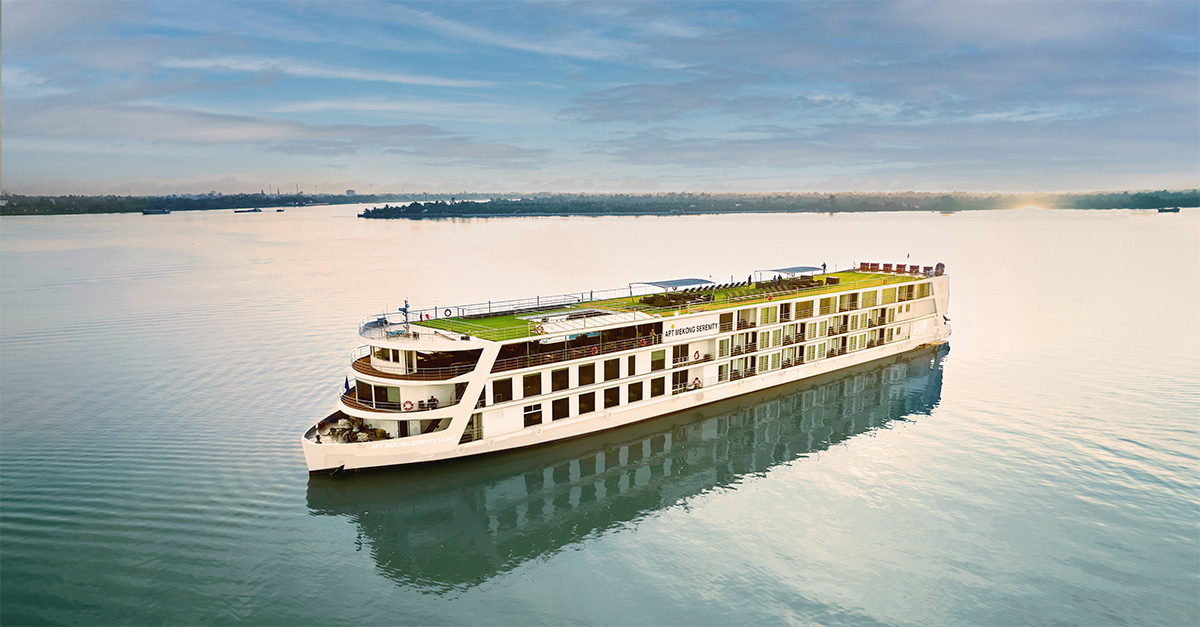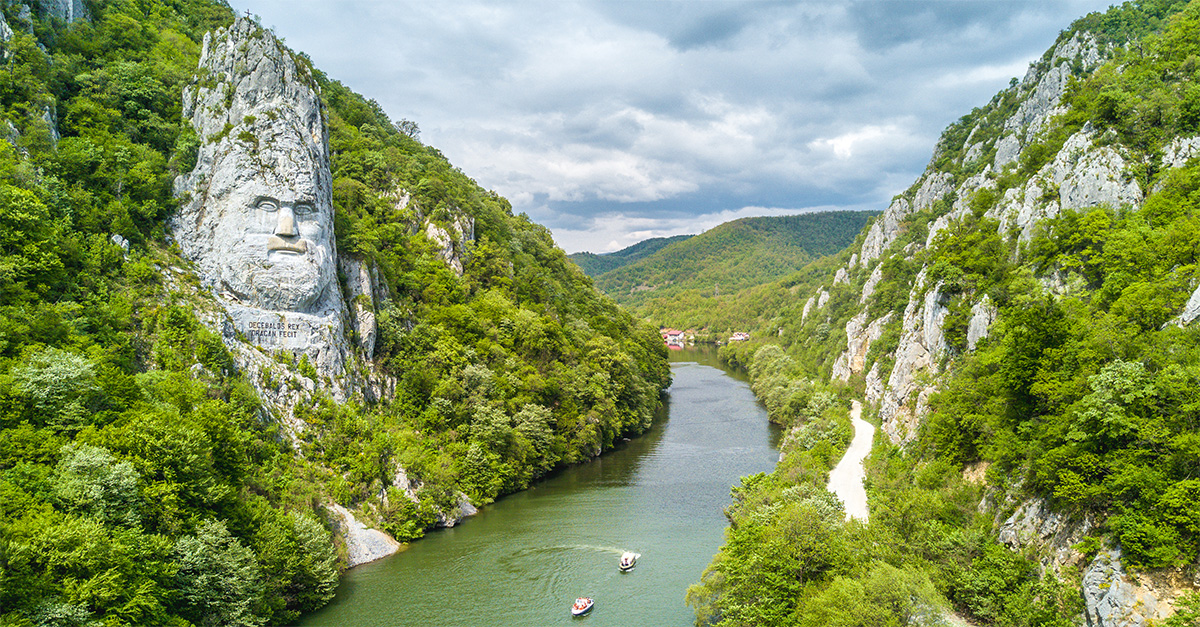Pictures: Greg Linhares/City of Oakland; Visit California/Andreas Hub
Yosemite National Park is even more enchanting without the crowds, finds Ben Lerwill.
Like this and want more details? Click here to download and save as a PDF.
It’s early, and the great peaks of Yosemite national park are standing quiet. Among the red firs of Old Badger Pass, the snow is still heavy. Our snowshoes creak slightly as we climb the forested slopes, steeply at first then levelling out as we reach a plateau, from where a 30-mile view opens up.
The ranger acting as our guide simply stops and opens his arms, as if introducing an act on stage. The crest of the Sierra Nevada range is spread out before us.
“Right off in the distance, that’s Mount Hoffman,” he says, singling out one sharp summit from the sea of mountains beyond. “That’s the geographical centre of Yosemite. It was one of John Muir’s favourite peaks to climb.”
We stand and stare in silence, attempting to take in the magnitude of a national park that last year drew more than five million visitors for the first time. From here, it gives the impression of being entirely empty of people.
It’s now more than 125 years since the Scottish-American naturalist John Muir helped establish national park status for Yosemite. Today, its 1,200 square miles of protected wilderness have helped it become one of the most visited outdoor destinations in North America.
Star attraction
Within the park, attention tends to fall squarely on the natural grandeur of Yosemite Valley – an exquisite, Instagram-friendly panorama of cliffs and waterfalls – and the park’s groves of giant sequoia trees. Take note that Mariposa Grove, the most famous of these, is due to reopen on October 12 after major restoration, adding wheelchair‑accessible trails.
But when Yosemite gets busy, it gets very busy. Those record numbers in 2016 were drawn in part by a marketing effort that tied in with the centenary of the National Park Service, but the end result was that Yosemite was almost overwhelmed by visitors.
“At peak season, there were lines of up to two hours just to get into the park,” says Scott Gediman, Yosemite’s public affairs officer. Even President Obama and his family came calling, helicoptering in to the valley for an overnight stay in early summer. Of last year’s 5.2 million visitors, nearly 45% arrived between June and August.
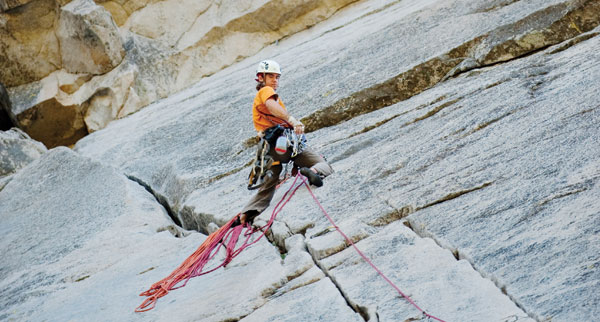
All of which makes coming here in the spring and the autumn shoulder seasons an eminently sensible way of experiencing what the park has to offer. The mountains are no less stupendous and the climate no less Californian, but the crowds are far thinner. And having the time and space to move around the park with ease also allows you to experience more of what Yosemite has to offer, both in terms of its sights and its activities.
When we unclip our snowshoes back at the rangers’ lodge, we’re greeted by the sight of a local school group on what is perhaps the world’s greatest weekly PE lesson. They’re skiing, speeding downhill on the set of smooth pistes that carpet the hills near Old Badger Pass. What’s more, they have the slopes to themselves. I look on with envy.
Back in Yosemite Valley itself, we busy ourselves with walks and waterfall visits, finding quiet riverside rocks on which to watch the sunset fade across the famous rock face of El Capitan. Early the next morning we’re back again, driving up to the Tunnel View lookout before 8am to witness the first rays of the day hit the valley. This is one of the most popular spots in the entire park, and the large car park can become thronged. At one point, there are just nine other people up there with us.
Easy living
Part of Yosemite’s appeal lies in its accessibility. From the San Francisco Bay Area, it can be reached in just over four hours of driving, making it straightforward to pair a US city break with time in the park. And as well as the possibility of starting a trip in San Francisco itself, there’s also the viable option of flying in to the up‑and-coming city of Oakland, which sits just across the bay from its better‑known neighbour.
The launch of British Airways’ first direct route between Gatwick and Oakland in March has seen the city garner fresh attention, while in April low-cost carrier Norwegian increased its weekly flights on the same route from three to five, with one-way fares from £149 and return fares from £295.
For holidaymakers in search of an authentic slice of urban California, Oakland makes an appealing base. It’s not big on blockbuster sights, but its range of cafes, bars, restaurants and shops is excellent. There’s a relaxed energy to the downtown area, with its wide pavements and old‑style architecture, leading to regular comparisons with another trend‑conscious US destination.
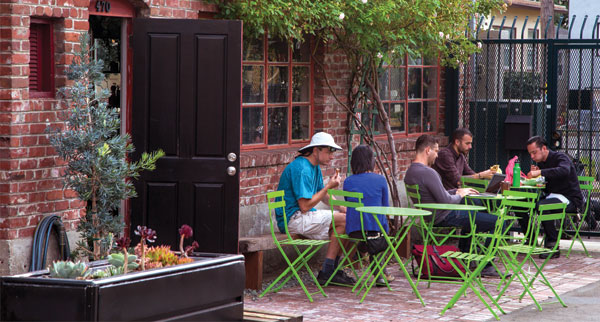
“People describe Oakland as the Brooklyn to San Francisco’s Manhattan,” says Frances Wong of Visit Oakland, as we tuck into a table full of tacos and fried plantains at Cholita Linda. “It’s very creative, very hip, very ethnically diverse. But locals don’t actually like the Brooklyn parallel – they prefer to see Oakland as its own place.”
Spots to check out in Oakland include the quirky independent shopping alleys of Temescal and the bars and bowling arcades of Jack London Square, while breakfast sandwiches don’t come much more memorable than the daringly named ‘baconslut’ (brioche roll, smoked bacon, over-easy egg, cheddar and aioli) at the Gastropig. The city is also home to the Oakland Raiders, one of the country’s most vociferously supported American football teams – the season usually runs from September to January.
San Francisco is less than half an hour away – the Bay Area Rapid Transit metro system makes the journey in just nine minutes – while in the hills just above Oakland, the redwood forests of the Roberts Regional Recreation Area hold an appeal of their own.
We join a Segway tour, steering down woodland trails in the company of Drew, a guide as descriptive about local history and botany as he is nifty on two wheels.
Base camp
Over towards Yosemite, meanwhile, our stay in and around the national park gets an extra boost from an overnight stopover in the little country town of Mariposa, some 45 minutes from the park entrance. We’re in town on St Patrick’s Day, and the evening becomes a long one, soundtracked by a series of rockabilly bands in a backyard bar, and lubricated by the kind of drinkable craft beers for which California has become famous.
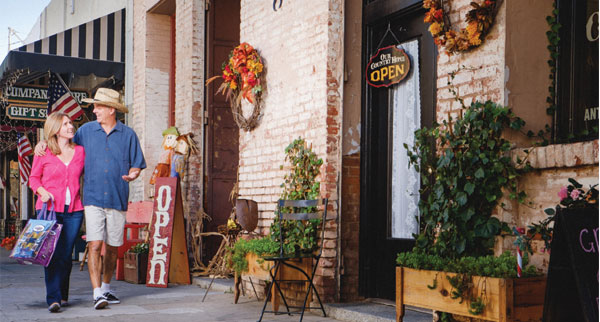
Mariposa, a former Gold Rush town, also serves as a base for two other notable activities. We head to the nearby Yosemite Ziplines and Adventure Ranch to go ziplining – the longest of the six lines is almost 300 metres.
Even better, however, is a scenic flight the next morning, during which our four-seat Cessna 172 buzzes us in slow circles over the highlights of Yosemite Valley, granting a breath-taking, god’s-eye view of its snow-capped granite pinnacles.
We’re not low enough to spot any cars or coaches, but I know that somewhere below are a few thousand people feeling smug that they’re seeing Yosemite in all its finery – and away from the summer crowds.

